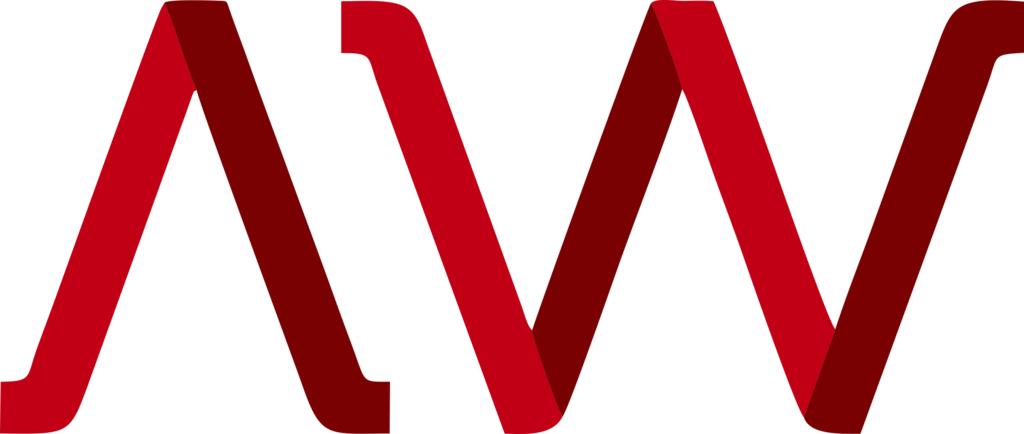Tax practitioners guide to tech efficiency
Tax practitioners know they need to use accounting software, but what is the right level for you? We asked Ettean Smit, the director at SmartPractice, for some advice.
Your tech needs depend on the number of clients you have
“It’s a bit of a chicken and egg situation,” says Smit. “Then again, it’s getting so cheap that anybody can use DreamTax. But will they though? If I tell somebody, ‘I’m going to charge you 200 bucks to use my product for your 20 clients.’ They may say, ‘it’s just as quick to do that for clients on eFiling, and it’s free’. But if you’re sitting with 400 clients, I can guarantee you it’s not quick anymore.”
You may also believe that you have sufficient software for the scale of your practice, but then reconsider once something goes amiss.
There may be a wakeup call
“You’re a young person starting a practice, all ambitious and bushy-tailed and all the rest. Then one day, you realise ‘I’ve lost control’. And the biggest first way you know you’ve lost control is your client gets fined for something or you miss a return,” says Smit
“Meanwhile, you’ve gotten married, you’ve got a kid, life is just exploding,” says Smit. “People start implementing these things because they need to spend their time better. Initially, they don’t care. They’ll work for 14, 15 hours a day. But it does catch up with you at some stage, and the tech products come after that,” says Smit. He explains that different phases of a tax practice have different tech workflow needs.
Phase 1: Make sure you’re using cloud software from the start
Cloud-based accounting software is the first thing that everybody needs. “The whole cloud concept is firmly rooted now. I don’t think there’s any new practice starting up without using either our cloud-based products or our competitors’ products,’” Smit says.
Phase 2: Do you want workflow or practice management software?
“The second thing you need to decide is, do I go for workflow or do I go for practice management software?” says Smit. “It’s not really the same, because one deals with the audit principle of completeness and the other one deals with the other principle of accuracy.”
“Workflow software makes sure you’ve followed all the correct steps, but doesn’t speak to the accuracy of those steps. The practice management side of things speaks to whether I have efficient staff, and it also allows me to get my invoicing out quicker.”
Smit says that while it’s possible as a small practice that employs a handful of people to implement both, it doesn’t often happen. “I would probably think at around 300 clients you would need both.”
“I think the right way to do it is to get your practice management software on day one, but it’s not achievable for most.”
Phase 3: It’s time to consider onboarding
At around three to four years into running your practice, you may start to look at software to assist with your onboarding process.
“If I bring a client into the practice and my staff don’t know what’s going on, and I don’t know what’s going on, it’s a problem,” says Smit. “I need to make sure there is a standard operating procedure on how I go from the first meeting with a client to ensuring they’re on every single database and that I have the correct software to do that.”
“That’s also part of our suite, but generally, people use that later.”
Phase 4: You made it. Now it’s time to automate
If you expand enough, eventually you will sign onto one of the big software suites. “At that stage, you’re probably sitting at around a R250 000 a year expense on software alone,” says Smit. “You’re also looking at integrated filling software, and you’re probably looking at automation software like Hubdoc and Dext.






